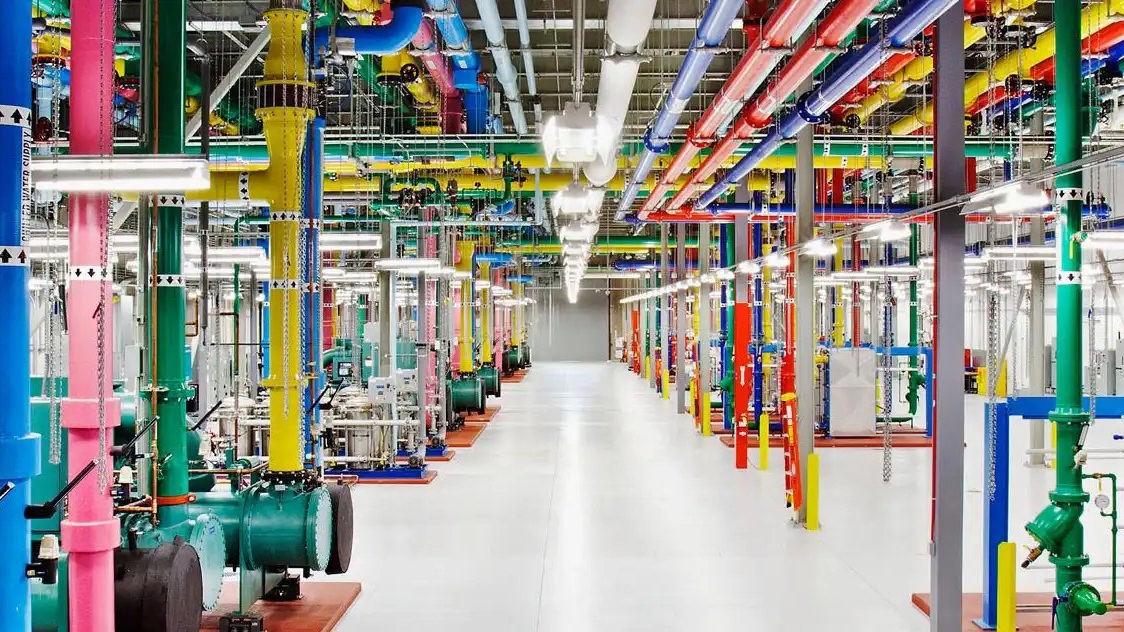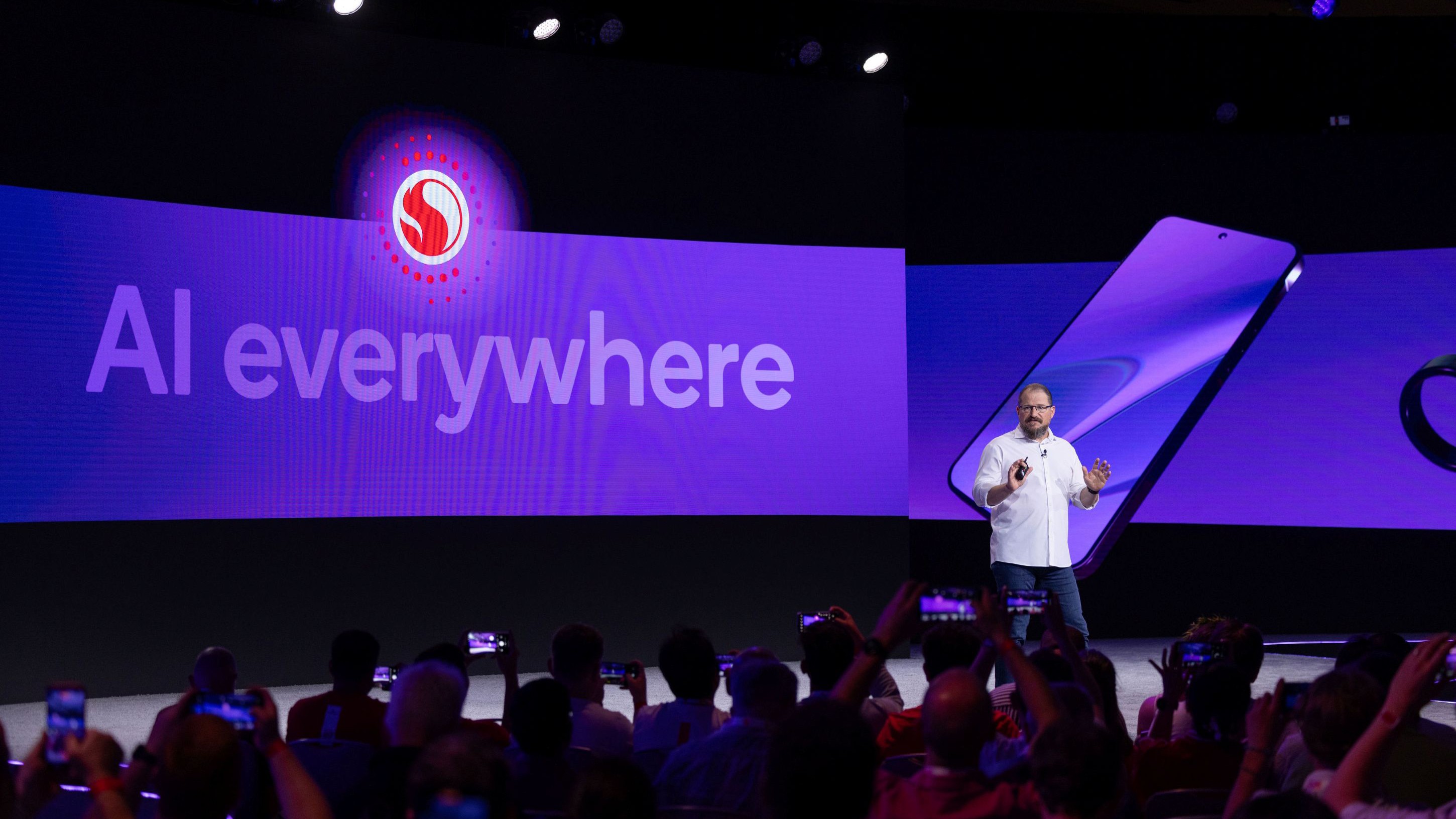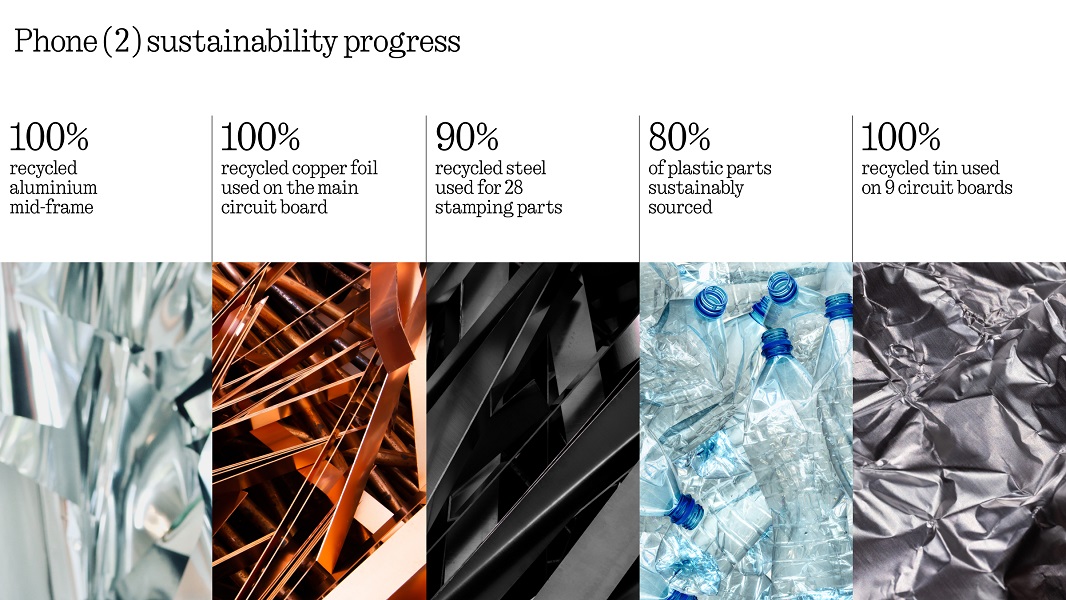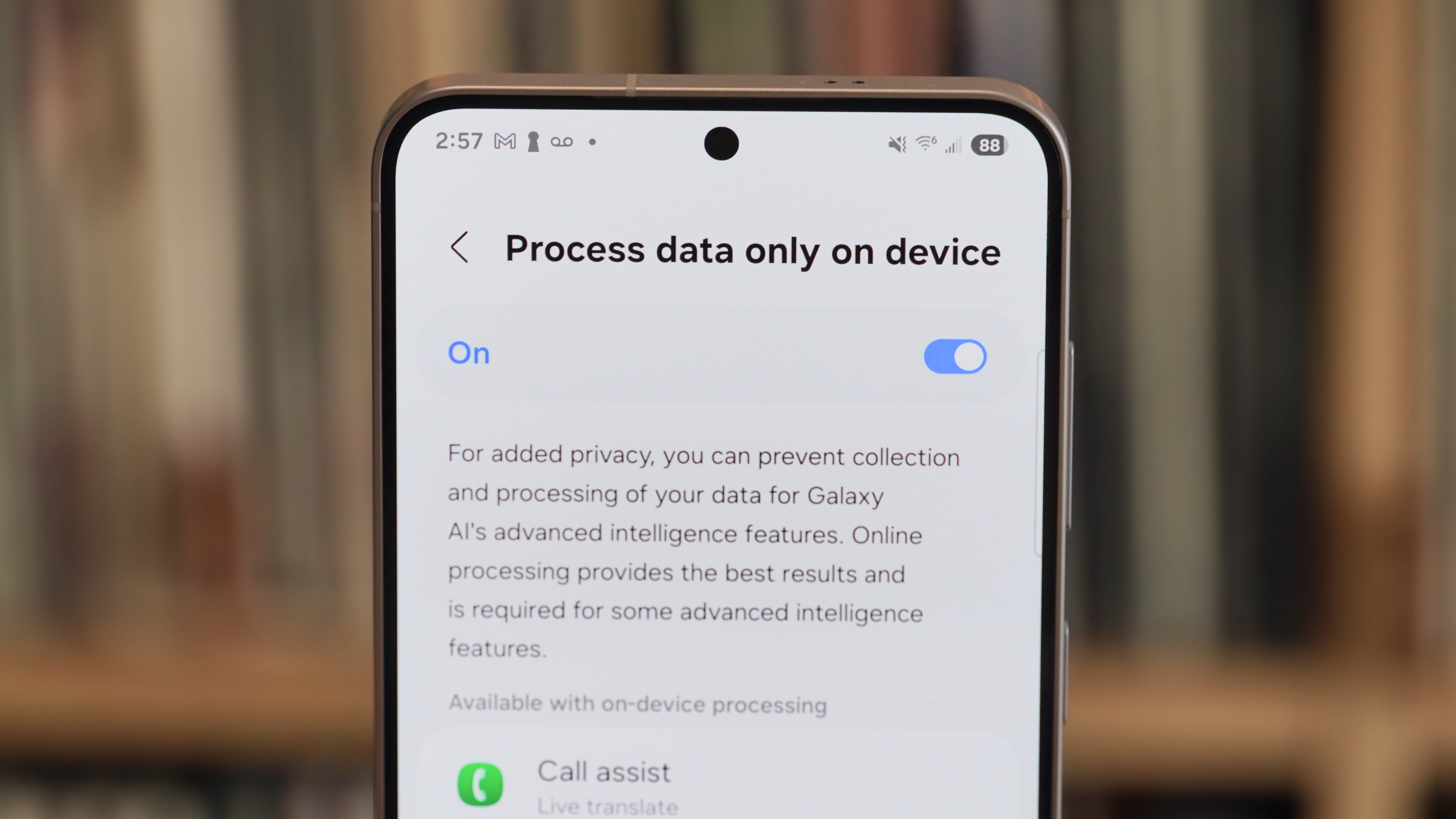Google says its new carbon capture initiative unlocks 'a critical technology pathway to enable a clean, affordable, reliable energy future,' but are initiatives like this a savior or a smokescreen as AI becomes more power-hungry?
AI is set to ruin the planet, and even Google knows it.


One of the web's longest-running tech columns, Android & Chill is your Saturday discussion of Android, Google, and all things tech.
AI has woven itself into the very fabric of our daily existence. From the mundane task of managing how our phones use their batteries to the complex algorithms driving self-driving cars, AI's influence is undeniable. But what's under this veil of technological progress? Unseen consequences of our pursuit of "intelligent machines" are abundant.
More AI means more giant, windowless buildings filled with servers churning away 24/7. We often don't consider the true cost of it all, though it may be the most expensive decision society has ever made.
Are things like Google's new partnership with Broadwing Energy to store "extra" carbon underground a solution or a distraction?
Enjoy our content? Make sure to set Android Central as a preferred source in Google Search, and find out why you should so that you can stay up-to-date on the latest news, reviews, features, and more.
A double-edged sword

The uncomfortable truth is that AI's phenomenal growth comes at a hefty environmental price. It's not just about the silicon chips themselves, but about the network of energy, water, and resources required to power and sustain them all. Consider the following:
AI is hungry: Training and operating advanced AI models, like the ubiquitous ChatGPT, consumes staggering amounts of electricity. Some projections estimate that AI could account for up to 0.5% of global electricity consumption by 2027. This could even lead to the resurrection of dormant coal-fired power plants — an idea that sends shivers down the spines of anyone concerned about carbon emissions.
Machines are thirsty: Data centers powering AI require colossal amounts of water for cooling. Google, for instance, consumed an astounding 21 billion liters of water in 2022 alone. By 2027, this figure could balloon to six times Denmark's entire annual water usage.
A mountain of e-waste: The demand for newer, more powerful hardware creates a mountain of electronic waste. This toxic heap, laden with hazardous materials and rare-earth elements, is projected to reach millions of tons by 2030, with less than a quarter recycled properly.
Get the latest news from Android Central, your trusted companion in the world of Android
"Green Computing" is now a necessity

The concept of "green computing" has undergone a remarkable transformation over the decades. Before the turn of the century, the environmental impact of computing was mostly an afterthought, and "Green IT" was just a whisper, if it was even mentioned at all.
The 21st century changed everything, driven by the exponential growth of data centers. As facilities consumed more energy, concerns about their environmental footprint grew. Initiatives like the Climate Savers Computing Initiative emerged, seeking to promote greater energy efficiency.
However, introducing "deep learning" and large language models (LLMs) in the 2010s ushered in a new era. The sheer scale of computation required to train and deploy these AI models transformed AI's environmental impact from a concern to a crisis. The rise of "Green AI" reflects growing recognition that we must develop and deploy AI more sustainably.
Google's big response
Under growing scrutiny, tech giants have launched public relations campaigns touting their commitment to sustainability. Google has pledged to achieve 24/7 carbon-free energy and replenish more water than it consumes. But are these promises more than just greenwashing?
Google has even developed a methodology for quantifying AI's environmental impact, claiming a Gemini prompt consumes a mere 0.24 Wh of energy and produces 0.03 gCO2e. But are these numbers telling the whole story?
Despite its efficiency gains, Google's emissions have increased by a staggering 48% since 2019, largely due to its investments in AI. This glaring contradiction certainly casts a shadow on the company's ambitious net-zero goal by 2030.
To address this, Google has launched its first major carbon capture initiative, aiming to capture 90% of CO2 emissions from a natural gas power plant and store it underground. Google touts this as a "reliable, low-carbon power source" for its data centers, particularly in regions where renewable energy sources are not always readily available.
But is this a genuine step towards a sustainable future, or simply a clever ploy to maintain its energy-hungry AI operations under a disguise of environmental responsibility?
The challenges of CCS

Carbon capture and storage (CCS) technology holds the promise of removing emissions from industries that are difficult to decarbonize, potentially playing a crucial role in achieving net-zero goals. Proponents point to advancements in Direct Air Capture (DAC) and Bio-Energy with CCS (BECCS) as evidence of CCS's potential.
However, CCS faces deserved criticism. Detractors argue that it is expensive, slow to scale, and energy-intensive. The current deployment of CCS technology lags far behind the levels needed to make a significant impact. Some critics also argue that CCS allows fossil fuel industries to continue operating, delaying the transition to renewable energy sources.
Public skepticism also poses a challenge. Concerns about the safety of CCS, the long-term storage of captured carbon, and the potential local environmental impacts (as demonstrated by protests against Google's data center in Uruguay) have fueled opposition to CCS projects.
The controversy is further exacerbated by tech companies' lack of transparency about the true environmental costs of AI. Without reliable data, it is difficult to determine the true impact of these technologies and hold companies accountable for their environmental performance.
The balancing act

The future of AI, and maybe the planet, hangs in the balance. The development of "Green AI" — more energy-efficient algorithms, smaller models, and hardware optimizations like Google's TPUs — offers a glimmer of hope.
AI itself could also play a crucial role in mitigating climate change by optimizing energy grids, predicting weather patterns, improving agricultural practices, and managing waste more effectively.
However, governments must enact regulations that promote transparency and reduce AI's environmental impact. The EU's AI Act represents a step in the right direction, but more comprehensive and ambitious policies may be needed. Nobody wants more government regulations that aren't always effective, but tech companies can't be trusted to police themselves.
Ultimately, the question remains: can we harness the incredible power of AI without forever damaging our planet, or will its environmental footprint prove to be its undoing?
The choices made by tech giants like Google will largely determine the answer, whether we like it or not.
FAQ
What are the long-term environmental costs of AI beyond just energy consumption?
Aside from energy consumption, there two other major concerns: massive water consumption (Google used 21 billion liters in 2022) for cooling data centers, and the creation of a growing mountain of electronic waste (e-waste) from the need for newer, more powerful hardware.
What is Google's new carbon capture initiative?
It is Google's first major Carbon Capture and Storage (CCS) project, a partnership with Broadwing Energy in Decatur, Illinois. It aims to capture 90% of CO2 emissions from a natural gas power plant and store the captured carbon underground, providing low-carbon power for its data centers.
What are the common criticisms of Carbon Capture and Storage (CCS) initiatives?
Critics argue that CCS is expensive, energy-intensive, and slow to scale, allowing fossil fuel industries to continue operating while mitigating emissions, thereby delaying the full transition to renewable energy sources.

Jerry is an amateur woodworker and struggling shade tree mechanic. There's nothing he can't take apart, but many things he can't reassemble. You'll find him writing and speaking his loud opinion on Android Central and occasionally on Threads.
You must confirm your public display name before commenting
Please logout and then login again, you will then be prompted to enter your display name.
